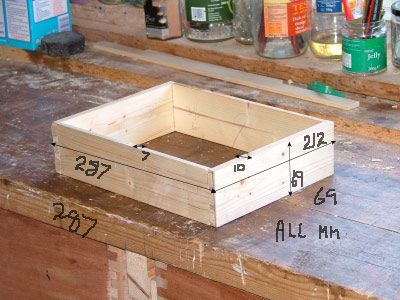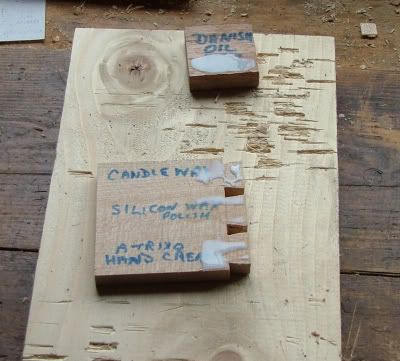devonwoody
Established Member
I am coming to the stage where I have 5 drawers with dovetails joints to glue up.
Mock up drawer as per picture.

These 5 drawers are going to be visible as the project is what could be described as contempory and the drawers are not located inside a carcase as traditional but inside a frame.
Therefore I do not want to have the hassle of cleaning up glue when this process has been completed. Also I am down to 10mm thickness in timber so haven't got a lot of meat left.
The dovetails have not been test fitted but are going to be whacked in when glue has been applied.
Gentlemen and Ladies your experience is called upon.
Mock up drawer as per picture.

These 5 drawers are going to be visible as the project is what could be described as contempory and the drawers are not located inside a carcase as traditional but inside a frame.
Therefore I do not want to have the hassle of cleaning up glue when this process has been completed. Also I am down to 10mm thickness in timber so haven't got a lot of meat left.
The dovetails have not been test fitted but are going to be whacked in when glue has been applied.
Gentlemen and Ladies your experience is called upon.






